Table of Contents
Come join us now, and enjoy playing your beloved music and browse through great scores of every level and styles!
Can’t find the songbook you’re looking for? Please, email us at: sheetmusiclibrarypdf@gmail.com We’d like to help you!
Dave Grusin Random Hearts (Theme) Piano Solo sheet music, Noten, partitura, spartiti, partition, 楽譜

Best Sheet Music download from our Library.
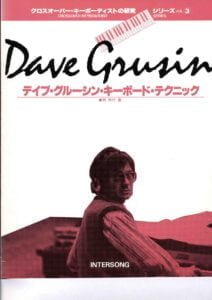
Please, subscribe to our Library.
If you are already a subscriber, please, check our NEW SCORES’ page every month for new sheet music. THANK YOU!
Dave Grusin: A Maestro of Music and Film
Dave Grusin stands as a towering figure in the realms of jazz, film scoring, and contemporary music. With a career spanning over six decades, Grusin has seamlessly bridged the worlds of acoustic jazz, electronic experimentation, and cinematic storytelling. A virtuoso pianist, composer, and arranger, his work is marked by lyrical melodies, sophisticated harmonies, and an uncanny ability to evoke emotion through sound. This article explores his life, musical innovations, and enduring legacy.
Biography
Early Life and Education
Born on June 26, 1934, in Littleton, Colorado, Robert David Grusin grew up in a musical household. His father, a violinist, and mother, a pianist, nurtured his early interest in music. Grusin began piano lessons at age four and later studied at the University of Colorado, earning a degree in music in 1956. His academic journey continued at the Manhattan School of Music, where he immersed himself in classical piano and composition.
Early Career
Grusin’s professional career began in the late 1950s as a pianist and arranger for Andy Williams’ TV show, The Andy Williams Show. This role connected him with prominent artists like Quincy Jones and Henry Mancini, who influenced his transition into film scoring.
Breakthrough in Film
Though often misattributed as the composer for The Graduate (1967), Grusin’s first major film credit was Divorce American Style (1967). His breakthrough came with The Heart Is a Lonely Hunter (1968), showcasing his knack for blending orchestral textures with jazz sensibilities.
GRP Records and Beyond
In 1978, Grusin co-founded GRP Records with producer Larry Rosen, pioneering digital recording techniques and championing jazz fusion. The label became synonymous with the “smooth jazz” movement, launching careers of artists like Chick Corea and Diane Schuur.

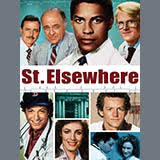
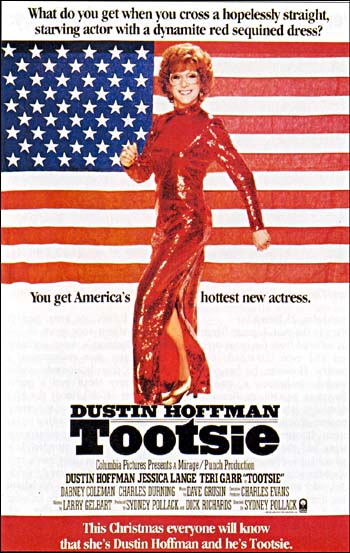


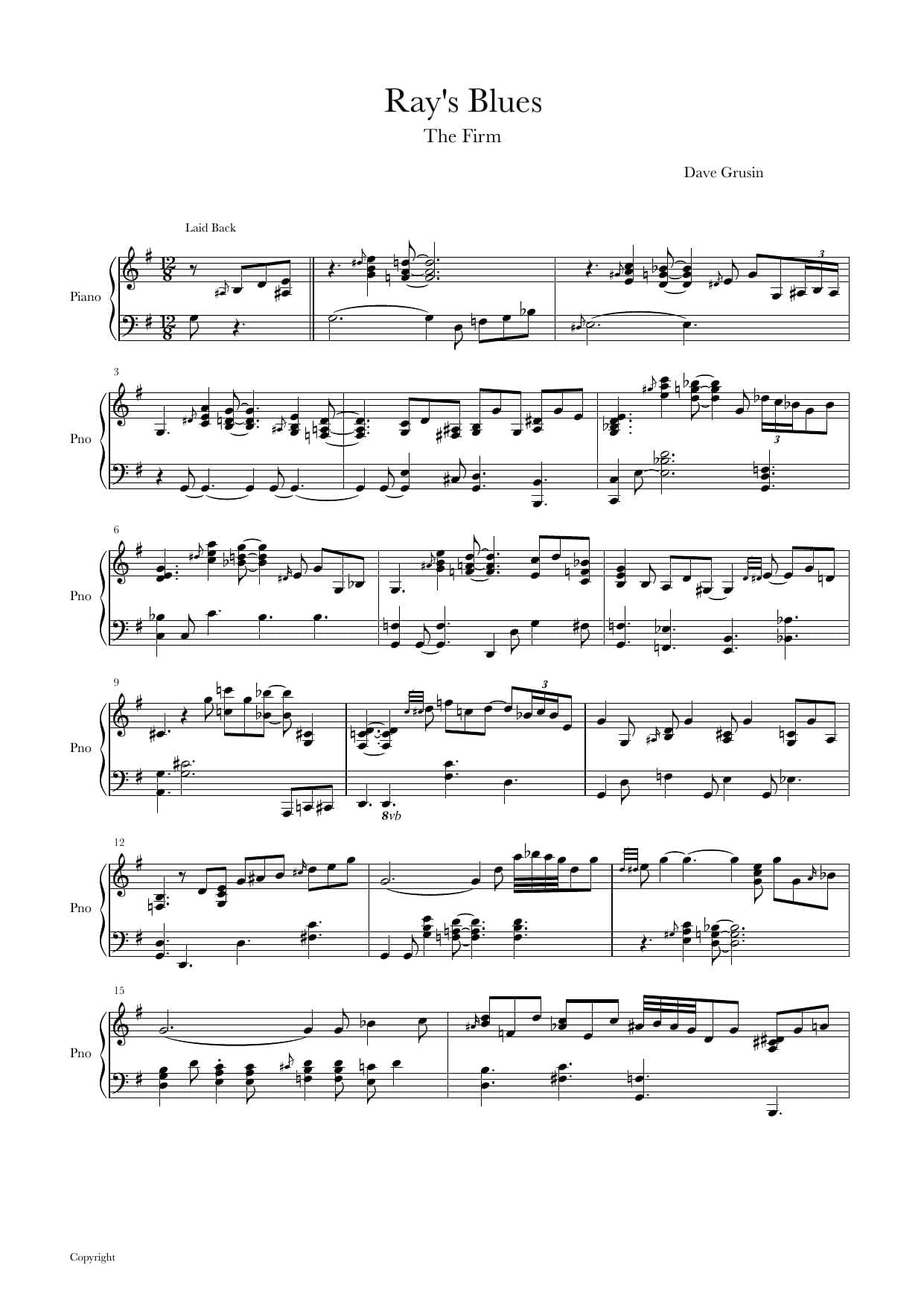

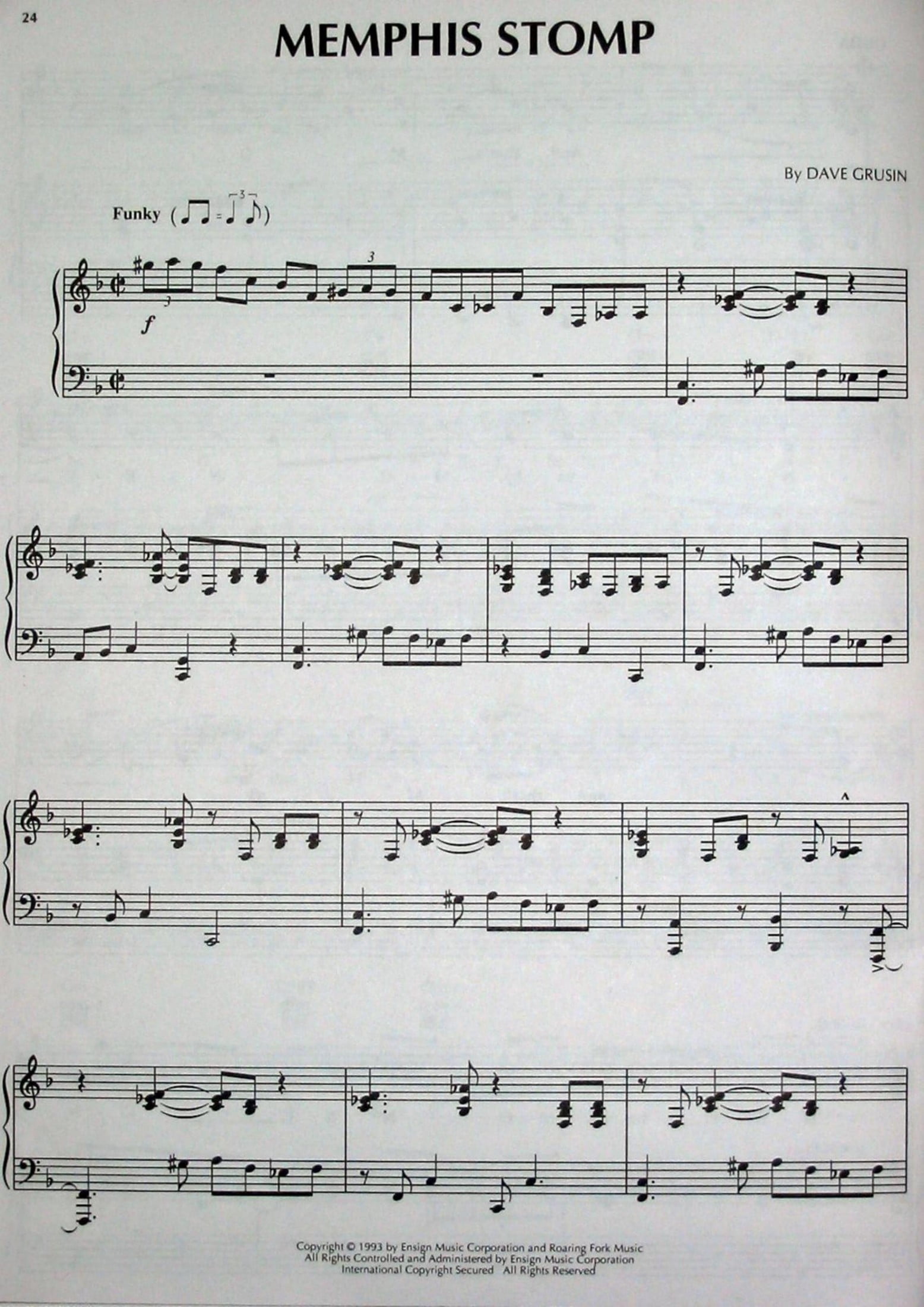
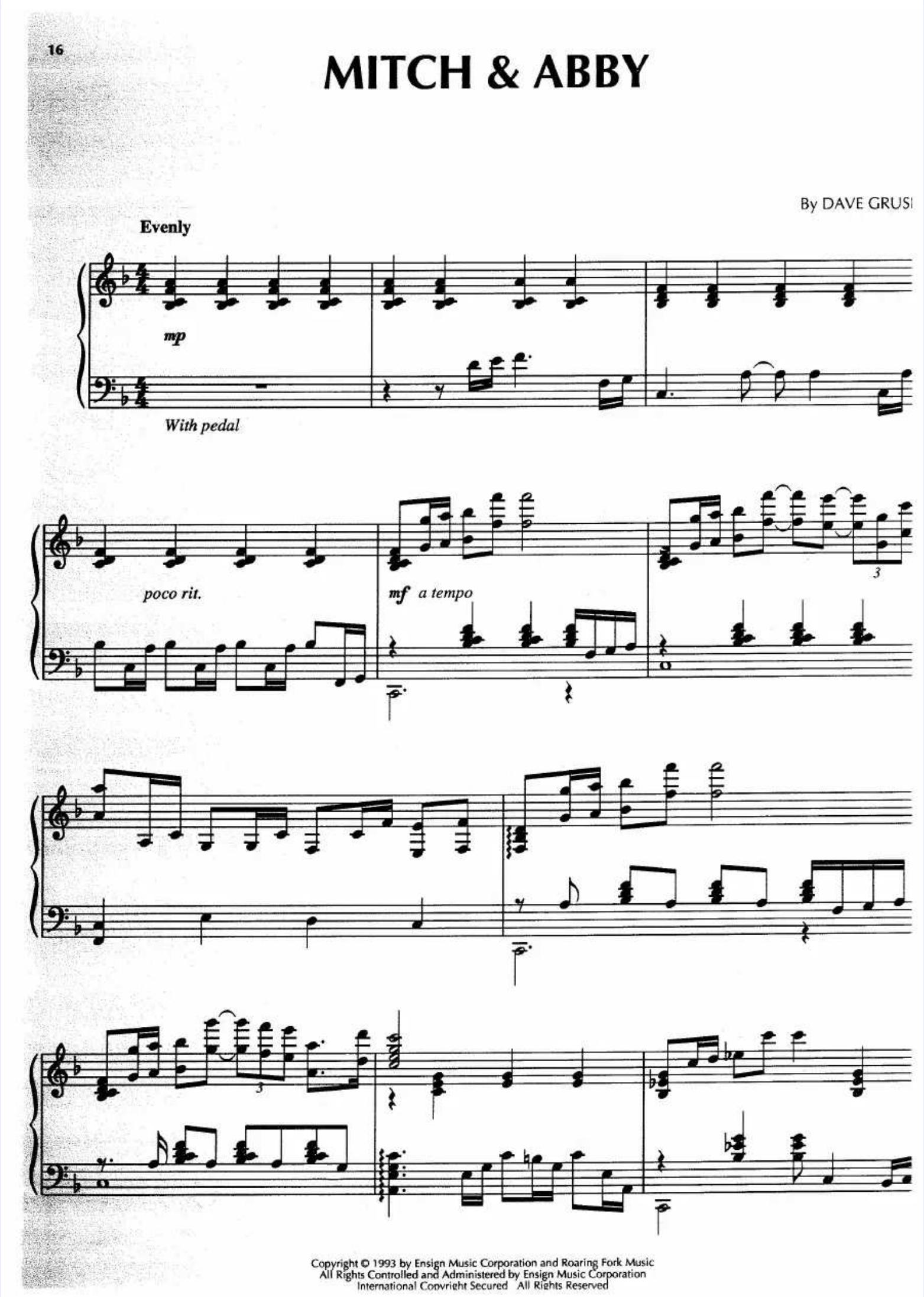
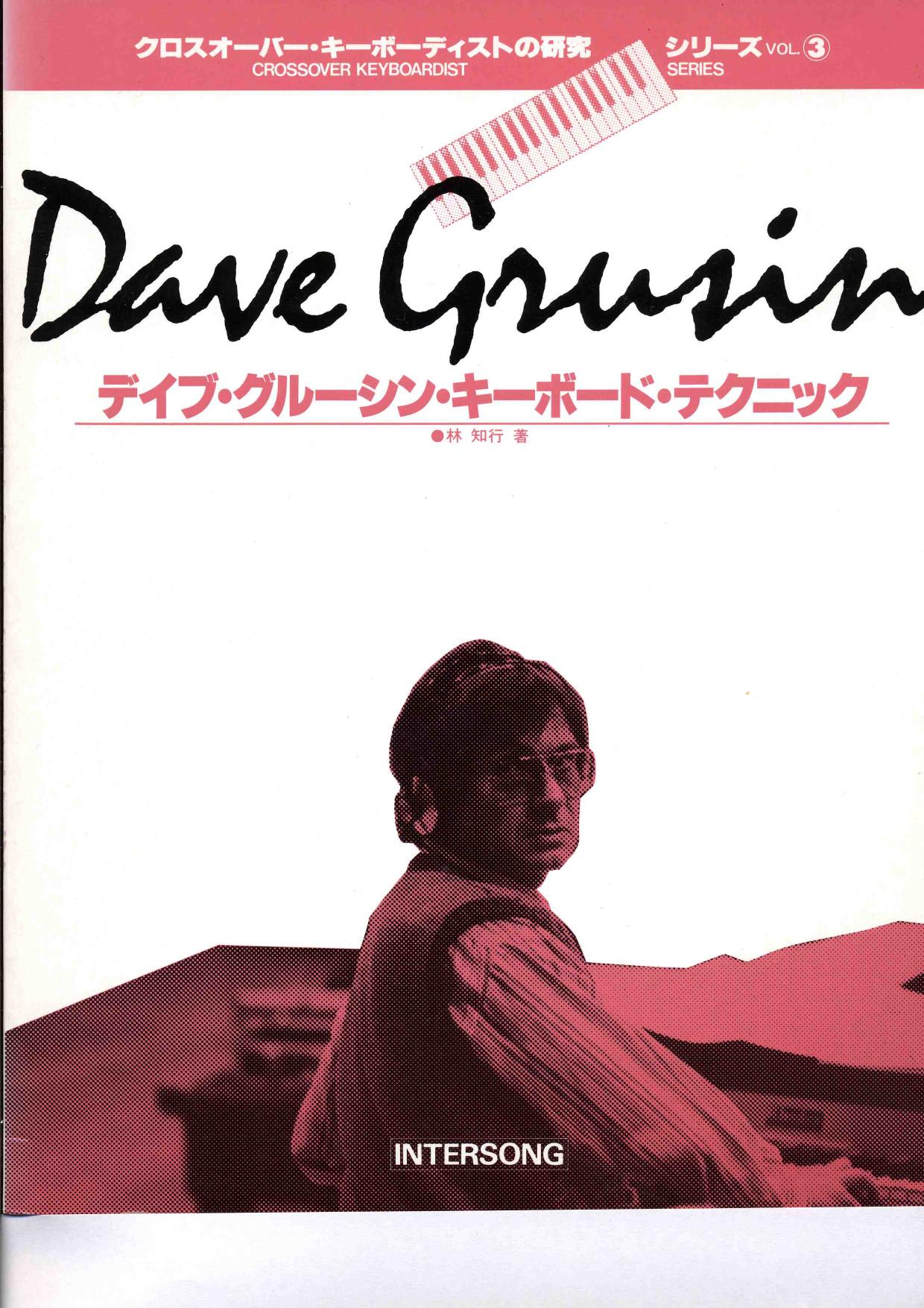
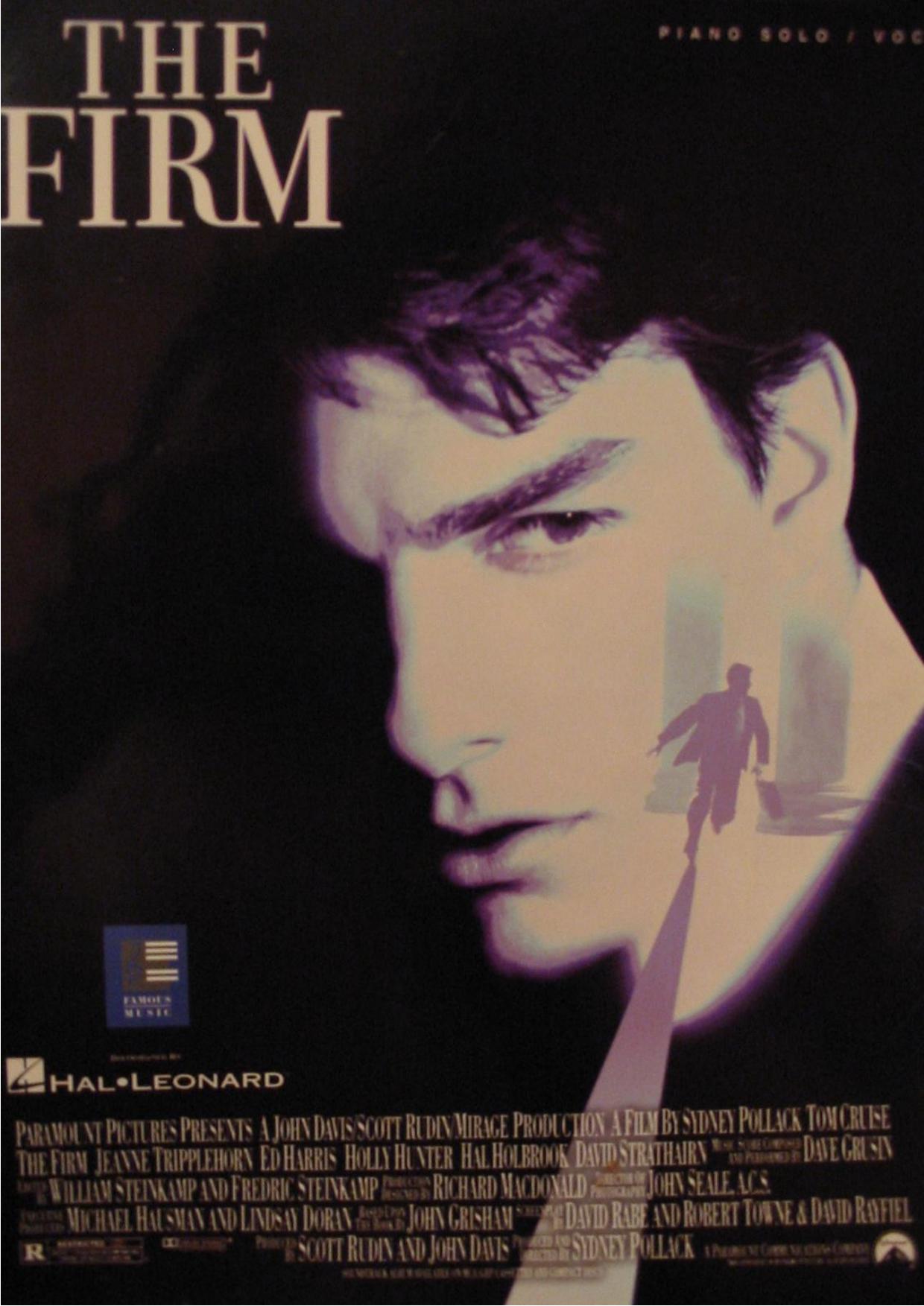

Musical Style
Grusin’s style defies categorization, merging jazz, classical, Latin, and pop into a cohesive sound.
Jazz Foundations
Rooted in bebop and post-bop, Grusin’s piano technique reflects influences from Bill Evans and Oscar Peterson. His improvisations balance technical precision with emotional depth.
Cinematic Sensibility
In film scores, Grusin employs leitmotifs and orchestral layering to amplify narrative themes. His work on The Fabulous Baker Boys (1989) juxtaposes smoky jazz piano with lush strings, mirroring the film’s romantic tension.
Fusion Innovations
Grusin embraced electronic instruments in the 1970s, blending synthesizers with acoustic ensembles. Albums like Mountain Dance (1980) feature rhythmic grooves and Latin-infused arrangements, foreshadowing world music trends.
Harmony and Licks
Chordal Texture
Grusin favors rich, extended harmonies (9ths, 11ths) and modal interchange. In On Golden Pond (1981), he uses suspended chords to evoke the film’s tranquil setting.
Quartal Harmony
Tracks like “Rag Bag” showcase his use of quartal voicings, stacking fourths for a modern, open sound.
Melodic Phrasing
His improvisations often incorporate blues-inflected licks and chromatic runs. The theme from The Firm (1993) demonstrates his ability to weave suspenseful motifs through minor keys and syncopated rhythms.
Influences
- Jazz Legends: Bill Evans’ introspective harmony, Oscar Peterson’s virtuosity.
- Classical Masters: Ravel and Debussy’s impressionistic textures.
- Film Composers: Henry Mancini’s melodic accessibility, John Williams’ orchestral grandeur.
Legacy
Awards and Recognition
Dave Grusin has won 10 Grammys and an Oscar for The Milagro Beanfield War (1988). His 2011 induction into the Colorado Music Hall of Fame cemented his regional impact.
GRP Records’ Impact
The label revolutionized jazz production, emphasizing audiophile quality and cross-genre experimentation.
Educational Contributions
Dave Grusin has mentored emerging artists and advocated for music education, notably supporting the University of Colorado’s music programs.
Works
Filmography Highlights
- The Graduate (1967) – Piano arrangements
- Tootsie (1982) – Quirky, brass-driven score
- The Fabulous Baker Boys (1989) – Jazz-centric soundtrack
- The Firm (1993) – Tense, piano-led themes
Discography
- Mountain Dance (1980) – Latin-jazz fusion
- Harlequin (1985) – Collaboration with Lee Ritenour
- Two for the Road (1996) – Piano and orchestral duets
Documentaries and Media
- Dave Grusin: Not Enough Time (2020) – Retrospective on his career.
- GRP All-Star Big Band Live (1993) – Concert film featuring Grusin’s arrangements.
Videos to Explore
- “Mountain Dance” (Live) – A vibrant display of Latin-jazz fusion.
- The Firm Theme – Moody piano motifs.
- On Golden Pond Suite – Reflective orchestral piece.
Dave Grusin’s career epitomizes artistic versatility. From intimate jazz clubs to Hollywood’s grandest stages, his music resonates with technical brilliance and heartfelt expression. As a composer, innovator, and mentor, Grusin’s legacy endures in every note he’s penned and every artist he’s inspired.
Browse in the Library:
Or browse in the categories menus & download the Library Catalog PDF:
Dave Grusin and Jazz: A Deep Dive into His Contributions and Innovations
Dave Grusin’s relationship with jazz is a rich tapestry woven from technical mastery, genre-blurring experimentation, and a lifelong reverence for the art form. While his film scores brought him mainstream acclaim, his contributions to jazz—as a pianist, composer, arranger, and label visionary—cemented his legacy as a pivotal figure in modern jazz history. Let’s explore his jazz journey in detail.
Jazz Roots and Early Influences
Grusin’s immersion in jazz began in childhood. His father, a classical violinist, and mother, a pianist, exposed him to diverse musical styles, but it was the improvisational freedom of jazz that captivated him. By his teens, he was transcribing solos by Art Tatum and Bud Powell, absorbing the harmonic complexity of bebop. At the University of Colorado, he played in jazz combos while studying classical composition, a dual focus that shaped his hybrid style.
Key Influences:
- Bill Evans: Grusin’s harmonic language—lush voicings and introspective melodies—owes much to Evans’ impressionistic approach.
- Oscar Peterson: His technical fluency and swing feel reflect Peterson’s virtuosic piano traditions.
- Miles Davis: Grusin admired Davis’ genre-defying ethos, later mirroring it in his fusion work.
Jazz in Film: Bridging Two Worlds
Grusin’s film scores often served as gateways for jazz into mainstream cinema. Unlike contemporaries who leaned on orchestral grandeur, he infused soundtracks with jazz’s spontaneity and intimacy:
- The Fabulous Baker Boys (1989): A love letter to jazz piano, featuring Michelle Pfeiffer’s sultry rendition of “Makin’ Whoopee” over Grusin’s smoky trio arrangements.
- Three Days of the Condor (1975): A suspenseful score blending jazz-funk rhythms with orchestral tension, anchored by a haunting saxophone theme.
- The Firm (1993): A minimalist piano motif underscores the film’s moral ambiguity, showcasing Grusin’s ability to distill drama into jazz-inflected minimalism.
His scores never relegated jazz to mere background music; instead, they positioned it as a narrative force.
GRP Records: Revolutionizing Jazz
In 1978, Grusin co-founded GRP Records (Grusin-Rosen Productions) with producer Larry Rosen. The label became a powerhouse for jazz fusion and smooth jazz, prioritizing:
- Digital Innovation: GRP was among the first to embrace all-digital recording, producing pristine, audiophile-quality albums.
- Genre Fusion: Grusin blurred lines between jazz, pop, and world music, as seen in albums like Harlequin (1985), a collaboration with guitarist Lee Ritenour that melded Brazilian rhythms with jazz harmonies.
- Artist Development: GRP launched careers for Diane Schuur, Tom Scott, and Chick Corea, while Grusin’s own projects, like Mountain Dance (1980), became fusion benchmarks.
GRP’s Legacy:
- Pioneered the “smooth jazz” movement, criticized by purists but credited for revitalizing jazz’s commercial appeal in the 1980s.
- Released iconic albums such as The GRP All-Star Big Band Live! (1993), where Grusin reimagined standards with big band verve.
Jazz Collaborations and Improvisational Genius
Grusin thrived in collaborative settings, working with jazz legends and rising stars alike:
- Pat Metheny: Co-composed “Slipstream” (1981), a synth-driven fusion piece highlighting their shared love for melodic exploration.
- Eddie Daniels: Blended clarinet and piano on Memoirs of a Traveler (2019), a late-career gem nodding to swing and post-bop.
- The Yellowjackets: Produced their self-titled debut (1981), infusing jazz-rock with funk energy.
Live Performances:
Grusin’s improvisational brilliance shone brightest on stage. His 1990 Montreux Jazz Festival performance of “Rag Bag” (from Migration, 1989) showcased his playful interplay with bassist Marcus Miller and drummer Harvey Mason, weaving bebop lines into Latin grooves.
Musical Style: The Jazz Core
Grusin’s jazz vocabulary is defined by:
- Harmonic Sophistication:
- Extended Chords: Frequent use of 9ths, 11ths, and 13ths to create lush textures (e.g., “Night Lines” from Night-Lines, 1983).
- Modal Interchange: Borrowing chords from parallel keys for dramatic shifts, as in “Early A.M. Attitude” (One of a Kind, 1977).
- Rhythmic Fluidity:
- Latin jazz grooves (“Mountain Dance”), swing-era syncopation (“Rag Bag”), and funk backbeats (“Serengetti Walk”).
- Melodic Lyricism:
- His themes, like the wistful “Memories of a Traveler,” balance simplicity with harmonic depth, a hallmark of Evans-inspired jazz.
Criticism and Legacy in Jazz
While Grusin’s smooth jazz era drew critiques for prioritizing accessibility over edge, his broader contributions are undeniable:
- Grammy Wins: 10 awards, including Best Jazz Fusion Performance for Migration (1989).
- Educational Impact: Mentored artists like pianist Shelly Berg and supported jazz education through clinics and scholarships.
- Enduring Influence: Modern jazz pianists like Brad Mehldau cite Grusin’s fusion of classical and jazz as inspirational.
Essential Jazz Recordings
- Mountain Dance (1980): A fusion landmark with Afro-Cuban rhythms and synth experimentation.
- Harlequin (1985): A genre-blurring duo album with Lee Ritenour, blending jazz, Brazilian, and pop.
- Homage to Duke (1993): Grusin’s tribute to Ellington, reimagining classics with big band flair.
- Now Playing (2004): Film themes reinterpreted as jazz instrumentals, showcasing his piano virtuosity.
Jazz in the Digital Age
Grusin’s embrace of technology—synths, digital production—anticipated jazz’s 21st-century evolution. Tracks like “Amber” (The Orchestral Album, 1988) merged MIDI sequences with live improvisation, proving jazz could thrive in electronic landscapes.
Dave Grusin: The Jazz Alchemist
Dave Grusin’s jazz journey is one of fearless innovation and reverence for tradition. Whether through GRP’s genre-expanding catalog, film scores that elevated jazz’s narrative power, or collaborations that bridged generations, he reshaped jazz’s boundaries without losing its soul. For aspiring musicians, Grusin’s career is a masterclass in balancing artistry with evolution—a testament to jazz’s endless reinvention.
Further Listening:
- Dave Grusin and the NY-LA Dream Band (1983) – Live jazz fusion energy.
- “Rhapsody in Blue” (1994) – Grusin’s Gershwin interpretation, merging jazz and classical.
Documentary Spotlight:
- Dave Grusin: Not Enough Time (2020) – Explores his jazz roots and GRP’s impact.
In exploring Grusin’s jazz legacy, we uncover not just a musician, but a visionary who made jazz resonate in concert halls, cinemas, and living rooms worldwide.
